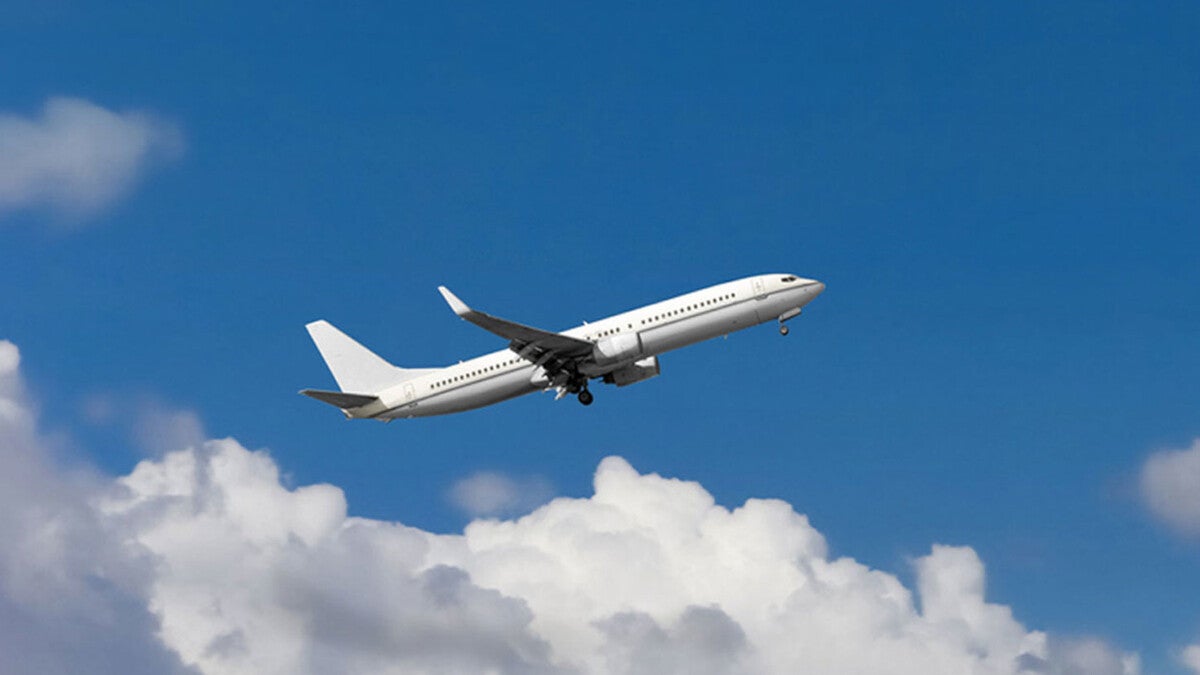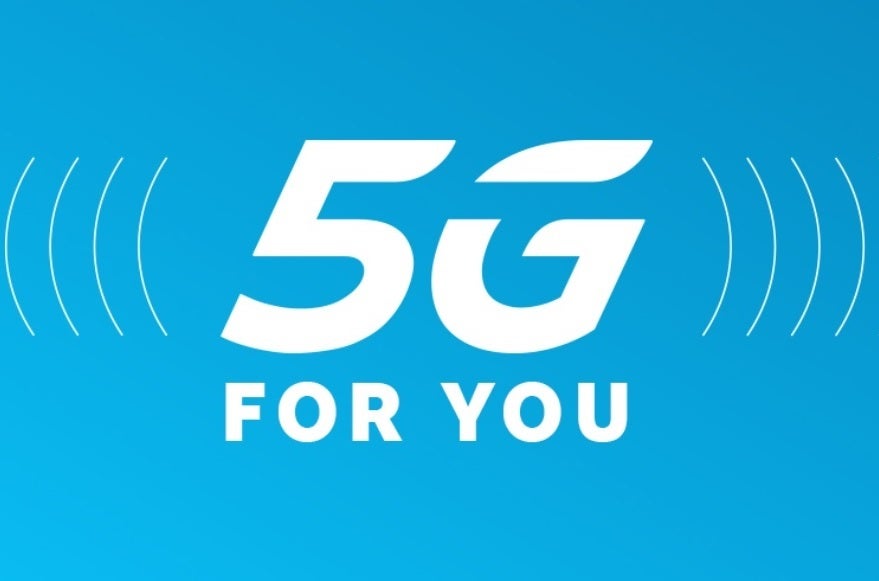FAA says that 50 airports will require a 5G C-band buffer zone to keep disruptions down

On January 19th Verizon and AT&T will turn on their C-band 5G networks. Verizon paid over $45 billion during the FCC's C-band auction to obtain 3,500 licenses while AT&T spent $23 billion to pick up 1,600 licenses. The C-band frequencies involved in the auction run from 3.7 GHz to 4.2 GHz and these mid-band signals travel further than the high-band mmWave signals that Verizon and AT&T (perhaps to a lesser extent) were counting on.
Verizon and AT&T spent $68 billion to obtain licenses allowing them to use the C-band for 5G
But it is not just that C-band covers longer distances than mmWave signals, it also delivers faster download data speeds than the low-band 5G that currently covers most of the U.S. T-Mobile saw the writing on the wall earlier than Verizon and AT&T and purchased Sprint for over $26 billion allowing it to take control of Sprint's hoard of 2.5GHz mid-band airwaves (hey, you didn't think that T-Mobile was buying Sprint just for the carrier's money-losing operations, did you?)

So while T-Mobile has been arguably the early 5G leader in the states thanks to what it calls its triple-layer cake strategy (high band, mid-band, and low-band), both Verizon and AT&T are eager to tap that "Start" button and turn on the C-band for its customers. But concerns that 5G signals would interfere with navigational on board instrumentation used by airplanes have caused a delay. Instead of a January 5th debut, AT&T and Verizon agreed to hold off using the C-band for two weeks while the FAA tested what effects 5G signals would have on aircraft.
The frequencies used in the C-band are too close to those used by airplane altimeters which measure how far above the ground a plane is and is leaned on heavily when weather conditions result in poor visibility. According to The Wall Street Journal, the FAA has created buffer zones that it will implement around 50 airports including those with heavy passenger traffic such as Chicago O'Hare International, Los Angeles International, and Dallas-Fort Worth International Airport.
5G Buffer Zones are being placed around 50 high-traffic, low visibility airports
Other airports that are often covered in fog and clouds such as San Francisco International and Seattle-Tacoma International are also included in the 50 airports given a 5G buffer zone. The FAA is expected to announce flight restrictions as soon as next week. These restrictions could result in the cancellation of some flights and delays when weather conditions turn poor.
In figuring out which airports should have a buffer zone, the FAA looked at how much traffic is generated by a specific airport and how many days this particular airport deals with low visibility. The regulatory agency said that it continues to deal with aircraft manufacturers and wireless carriers in order "to make sure 5G is safely deployed and to limit the risk of flight disruptions at all airports."
Some wireless executives say that 5G poses no risk to passengers who are flying. The FAA says, "As tests prove that some altimeters are safe, the FAA will be able to remove some restrictions on operations of aircraft with those altimeters. Disruption risk will gradually decrease as more altimeters are tested and either deemed safe, retrofitted or replaced."
Other airline industry executives are not pleased with this solution. Kevin Burke, chief executive of the airport trade group Airports Council International-North America, says, "This so-called fix will create winners and losers within the airport community, and the entire aviation system will suffer."
A list of the 50 airports that will have a 5G buffer zone can be found in this list compiled by the FAA. Hartsfield-Jackson in Atlanta was not placed on the list because 5G service is not set to roll out in that area right now.
Large and high-traffic airports in Boston, Portland, Ore., and Salt Lake City also didn’t make the final list. The FAA noted that "5G towers are far enough away that a natural buffer exists" at some airports. An agency spokesman declined to discuss why it decided not to create a buffer at certain airports.
Follow us on Google News









![A new Android bug is making it impossible to install new apps. Are you affected? [UPDATE]](https://m-cdn.phonearena.com/images/article/176703-wide-two_350/A-new-Android-bug-is-making-it-impossible-to-install-new-apps.-Are-you-affected-UPDATE.webp)

Things that are NOT allowed:
To help keep our community safe and free from spam, we apply temporary limits to newly created accounts: